Introduction
Pet parents! Are you worrying about your furry children's daily care? Looking at your little ones at home, feeling both sweet and stressed? I get you! As an experienced pet parent who has raised cats for three years and dogs for two years, today I'm sharing my lessons learned and accumulated experience. These are all practical tips that will definitely help you avoid common mistakes!
Honestly, when I first started keeping pets, I was all over the place. I struggled with feeding, bathing, and even nail trimming seemed like a technical challenge. But with experience, I discovered that pet care can become super easy once you master the right methods.
Health Protection
What's the most important aspect of pet care? Health, of course! I remember when my orange cat Little Orange first came home, I was a complete newbie. I thought since the cat was active and playful, there shouldn't be any problems. However, once Little Orange suddenly lost appetite, and by the time I noticed something was wrong and took him to the hospital, the doctor said we had missed the best treatment window. Since then, I've made regular health checks a top priority.
Now I create detailed health check plans for my fur babies. Spring and autumn are the best times for check-ups because the moderate temperatures don't put too much stress on pets. Basic check-up items include blood tests, urinalysis, and internal/external parasite checks. For pets over 7 years old, cardiac ultrasound and thyroid function tests should be added.
Many pet parents might think health checks are expensive and unnecessary when there are no obvious problems. But actually, the cost of regular check-ups is far lower than treating diseases. Take Little Orange for example - last year's check-up detected early kidney function abnormalities, and with timely adjustment of diet and medication, he's completely normal now. If we had waited until symptoms were obvious before going to the hospital, not only would the treatment cost be higher, but the little one would have suffered more.
Vaccination is also a crucial part of health management. Many people think indoor pets don't need vaccines, which is incorrect. Even if pets don't go outside, we ourselves go in and out frequently and might bring viruses home. Moreover, if you ever need pet boarding or medical care, not having vaccination records can be problematic.
Now I set vaccine reminders on my phone and keep photos of each pet's vaccination records on my phone. Rabies vaccines need to be given annually, and the feline triple and canine seven-in-one vaccines need to follow the immunization schedule for basic immunity and boosters. Special reminder: avoid bathing for 24 hours after vaccination, observe your pet's condition for three days, and seek medical attention promptly if any discomfort occurs.
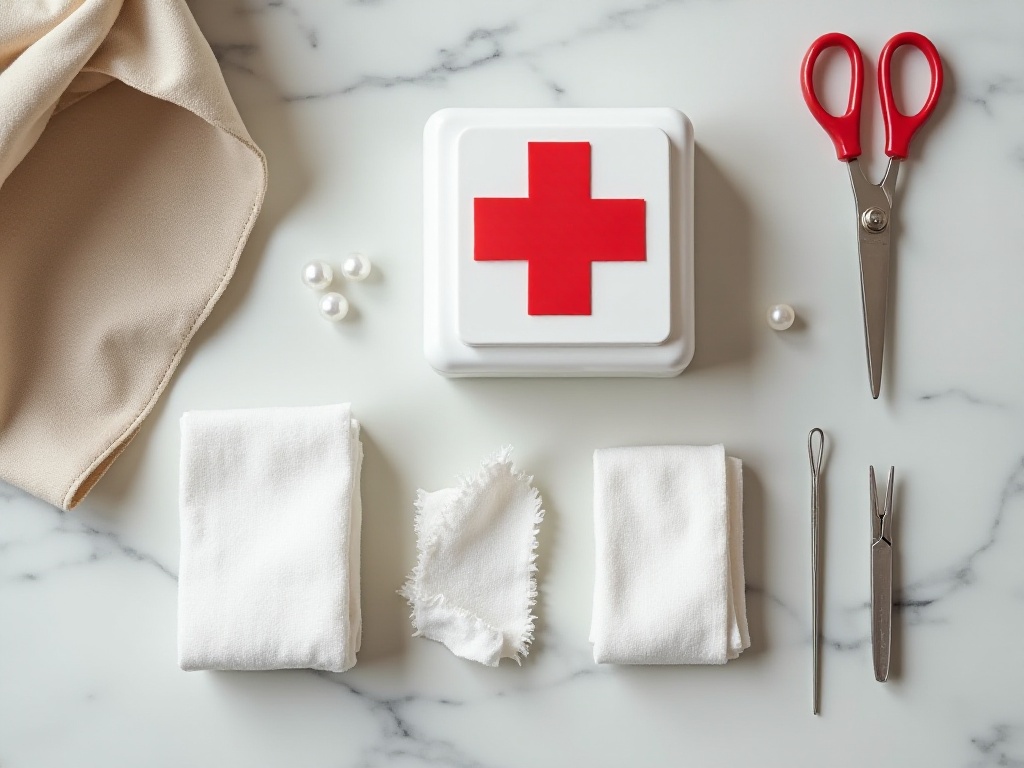
Daily Care
When it comes to daily care, feeding might be the most challenging issue. When Little Orange first arrived, he was quite the picky eater. Today complaining about food not being fresh, tomorrow refusing to eat something else, making me constantly change food, which was both expensive and frustrating.
Later I discovered that my feeding method was the problem. First, changing food must be gradual, not sudden. Now I take 7-10 days to transition, starting with a 1:9 ratio of new to old food, adjusting the proportion daily until completely switching to new food.
Feeding times should also be fixed. Now I feed main meals morning and evening, with some snacks at noon. This not only develops regular eating habits but also prevents picky eating. The amount of food should be based on the pet's size, age, and activity level. For example, Little Orange is 3 years old now, and his daily food intake is about 3-4% of his body weight, with treats not exceeding 10% of total daily calories.
Balanced nutrition is crucial. Dry food alone isn't enough, so I regularly add wet food or fresh food. When preparing fresh food, remember to remove skin and bones from meat, and cook and mash vegetables. I include vitamin-rich vegetables like carrots and pumpkin weekly. However, seasonings like onions, scallions, and garlic are absolutely forbidden for pets.
Water intake is another major issue. Many cats don't like drinking water, which can lead to urinary system problems. We use a circulating water fountain, as flowing water stimulates their desire to drink. The fountain also has a filter function to ensure clean water. I change the water and clean the filter morning and evening.
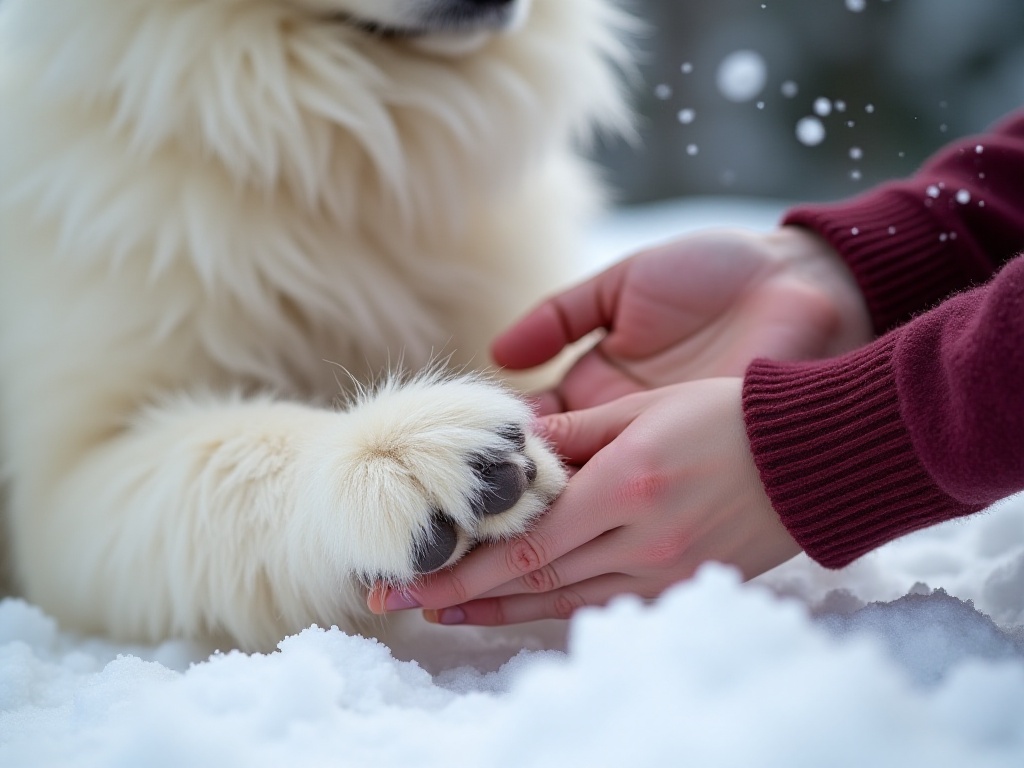
Cleaning Tips
When it comes to cleaning, there are endless tricks. First is daily cleaning - various wipes are essential in my home. Regular wipes for paws and bottoms, professional pet wipes for full-body cleaning. Especially after walking dogs in the rain or when cats use the litter box, wiping with these wipes is both hygienic and convenient.
Dealing with carpet stains is also a skill. My current method is: first absorb surface moisture with paper towels, then sprinkle baking soda, let it sit for 15-20 minutes before vacuuming. Baking soda not only absorbs odors but also prevents bacterial growth. For stubborn stains, spray some white vinegar on the baking soda and process after it's completely dry.
Litter box cleaning is the most troublesome, but I've found a particularly easy method. Line the bottom of the litter box with newspaper, then add cat litter. When cleaning, just wrap up the newspaper and throw it away - simple and hygienic. Choosing cat litter is also important - I now use mixed litter, half tofu litter and half bentonite, which maintains dryness and controls odors.
Managing home odors is also important. Besides regular ventilation, I place several deodorizing plants around the house, like pothos and aloe vera which work well. But note that some plants are toxic to pets, such as lilies and poinsettias which shouldn't be kept. I also regularly use deodorizing sprays, choosing natural plant-based formulas that are safe for both pets and humans.
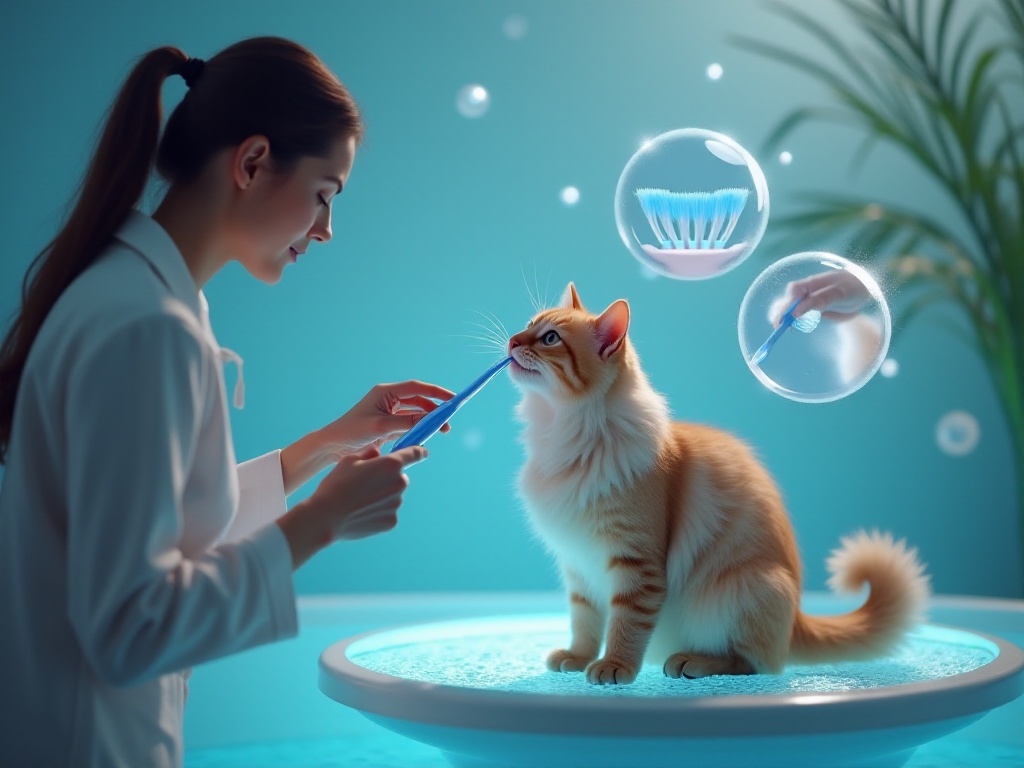
Seasonal Care
Different seasons require different care plans. In summer, heat prevention is most important. Besides ensuring plenty of drinking water, I make some frozen treats for them. For example, I make chicken broth with fruit pieces and freeze them in ice cube trays. Giving them a cube on hot afternoons both cools them down and provides nutrition.
Summer bathing frequency should increase moderately, but not too much as it can damage the skin's protective layer. We bathe pets 2-3 times monthly, using warm water slightly cooler than body temperature. After bathing, use a professional pet dryer on the lowest setting, keeping it 20 centimeters away.
Winter care focuses on warmth and moisture. I prepare several warm clothes for dogs, choosing pure cotton and avoiding synthetic fabrics. Before walking dogs, apply Vaseline to their paws to prevent frostbite and cracking. After returning home, wash paws with warm water, dry them, and apply paw care cream.
Heating equipment safety is important. I use specialized pet heating pads with temperature control to prevent burns. Heaters should have anti-tip features and be placed out of pets' reach. A humidifier is essential to prevent skin dryness and respiratory issues.
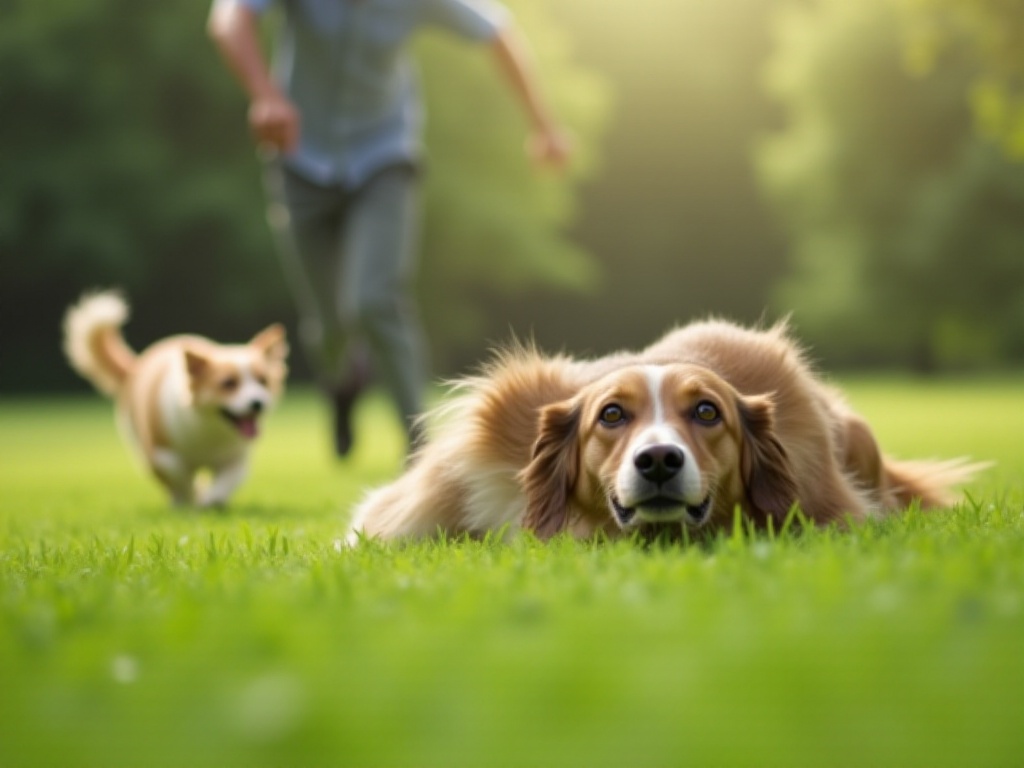
Behavioral Training
Training is truly a love-hate relationship. When my Golden Retriever Dan Dan first arrived, he was a destruction machine, chewing everything from sofas to shoes to remote controls. But after six months of training, he's become super well-behaved.
Patience and persistence are most important in training. My experience is to train at fixed times daily, no more than 15 minutes per session. Use your pet's favorite treats as rewards, giving them immediately when commands are completed to build correct associations.
Basic commands like "sit," "down," and "stay" were all taught using treat guidance. For example, teaching "sit" involves holding a treat above the dog's head - they naturally sit when looking up, then immediately receive the reward and praise. With daily repetition, they can master it in about a week.
Potty training is also important. Dan Dan now uses designated spots for bathroom needs. During training, observe signs like sniffing or circling, then immediately take them to the designated area. Reward them immediately after they finish in the correct place.
Social training shouldn't be neglected. Pets should be exposed to different environments and subjects early to develop friendly personalities. I often take Dan Dan to pet parks to meet different dogs and learn to interact with other animals. However, be vigilant during first meetings to ensure safety.
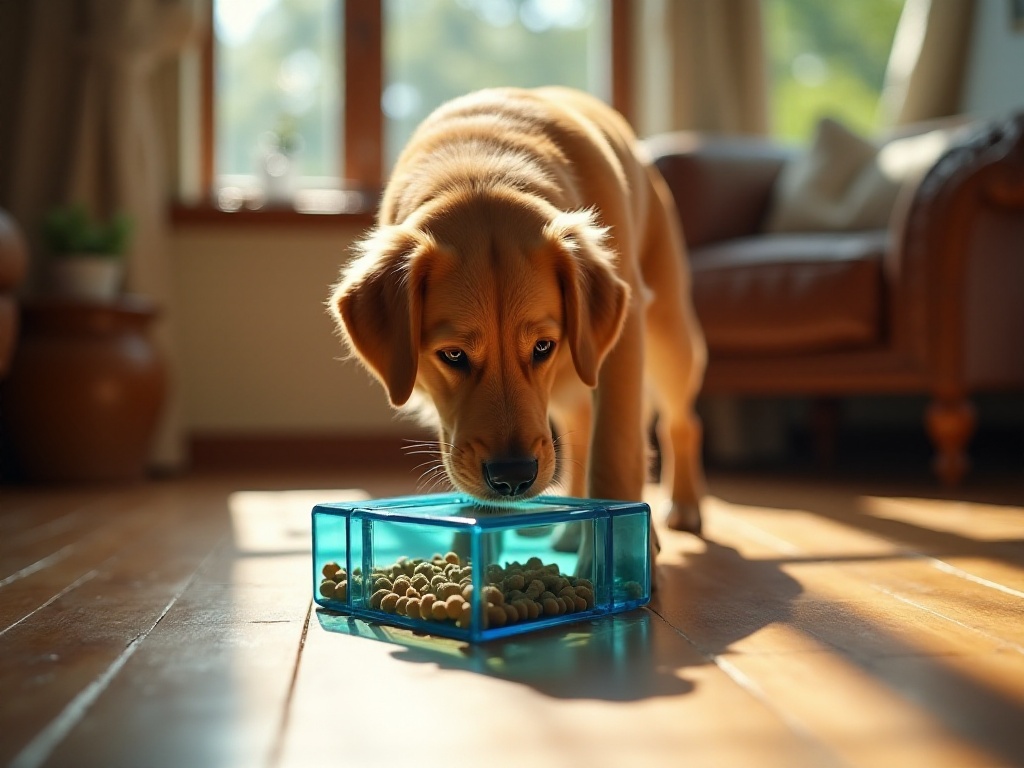
Special Situations
Special situations are inevitable with pets, most commonly illness. If you notice symptoms like lethargy, decreased appetite, vomiting, or diarrhea, first withhold food for 6-8 hours while maintaining water intake. If symptoms persist or worsen, seek veterinary care immediately.
Keep some common medications at home for care. This includes digestive medicine, thermometer, gauze, and iodine. However, medications must be used under veterinary guidance - never medicate pets randomly. Our emergency kit also includes nutrient paste for when pets lose appetite.
Travel is another special situation. For short trips, ask friends to pet-sit; for longer periods, choose professional pet boarding facilities. Inspect the environment beforehand and assess staff expertise. Prepare a list of daily supplies and care instructions in advance.
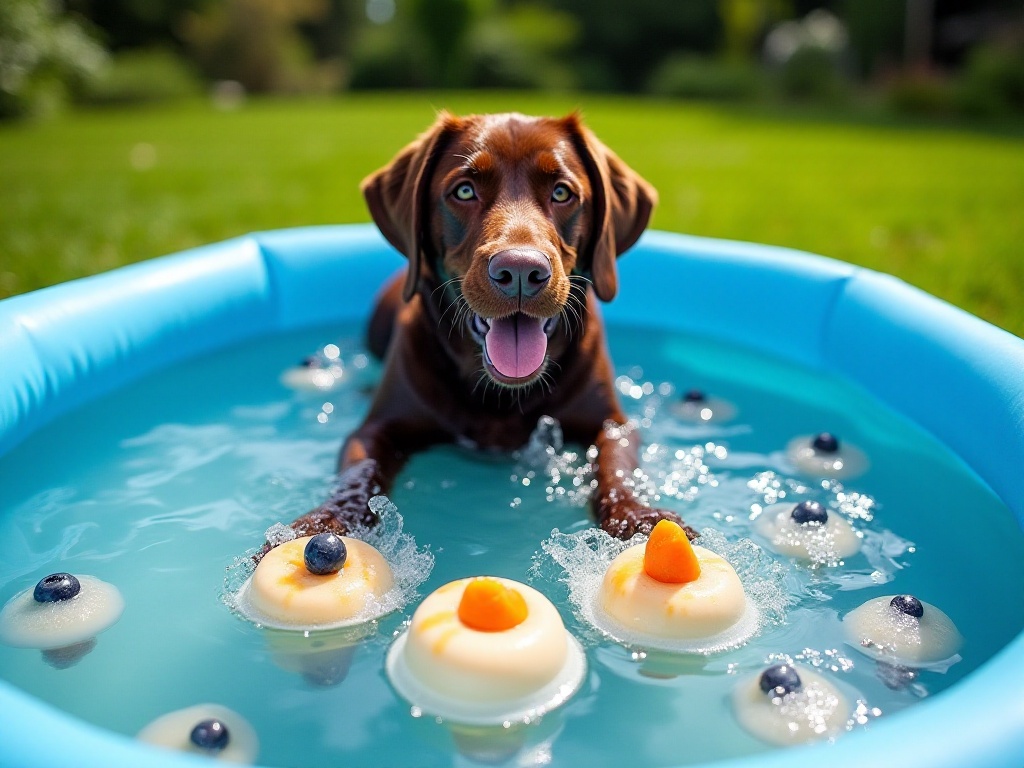
Conclusion
After sharing all this, the most important aspect of pet care is still having heart. Each pet is a unique individual with their own personality and habits. We should treat them like family members, caring for them with love and patience. Once you master the right methods, having pets is definitely a happy experience.
I hope these experiences help more pet parents. On the journey of pet care, let's improve and grow together. Remember, details determine success, and persistence leads to victory! Feel free to share your unique pet care experiences with me so we can learn from each other.


